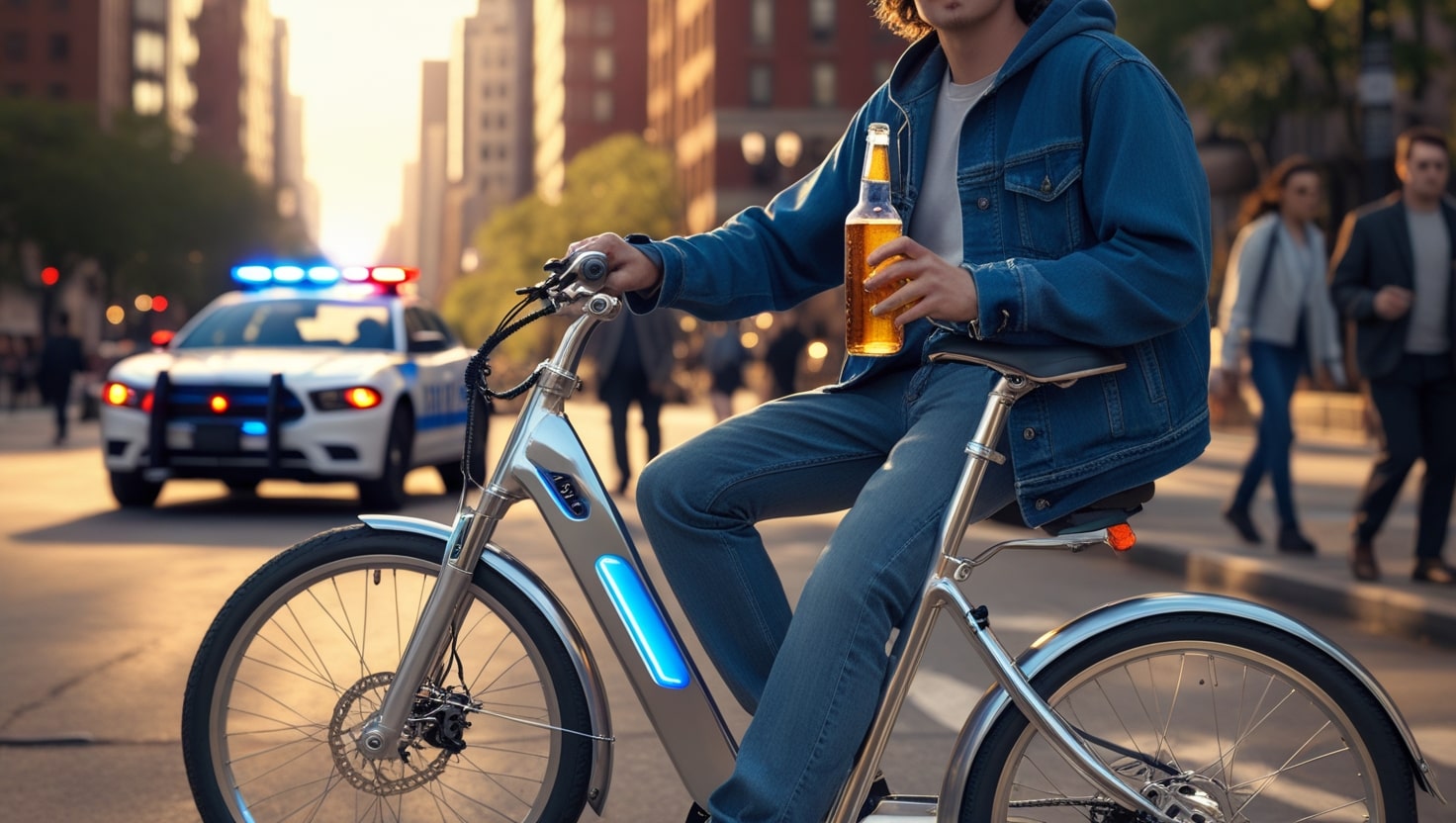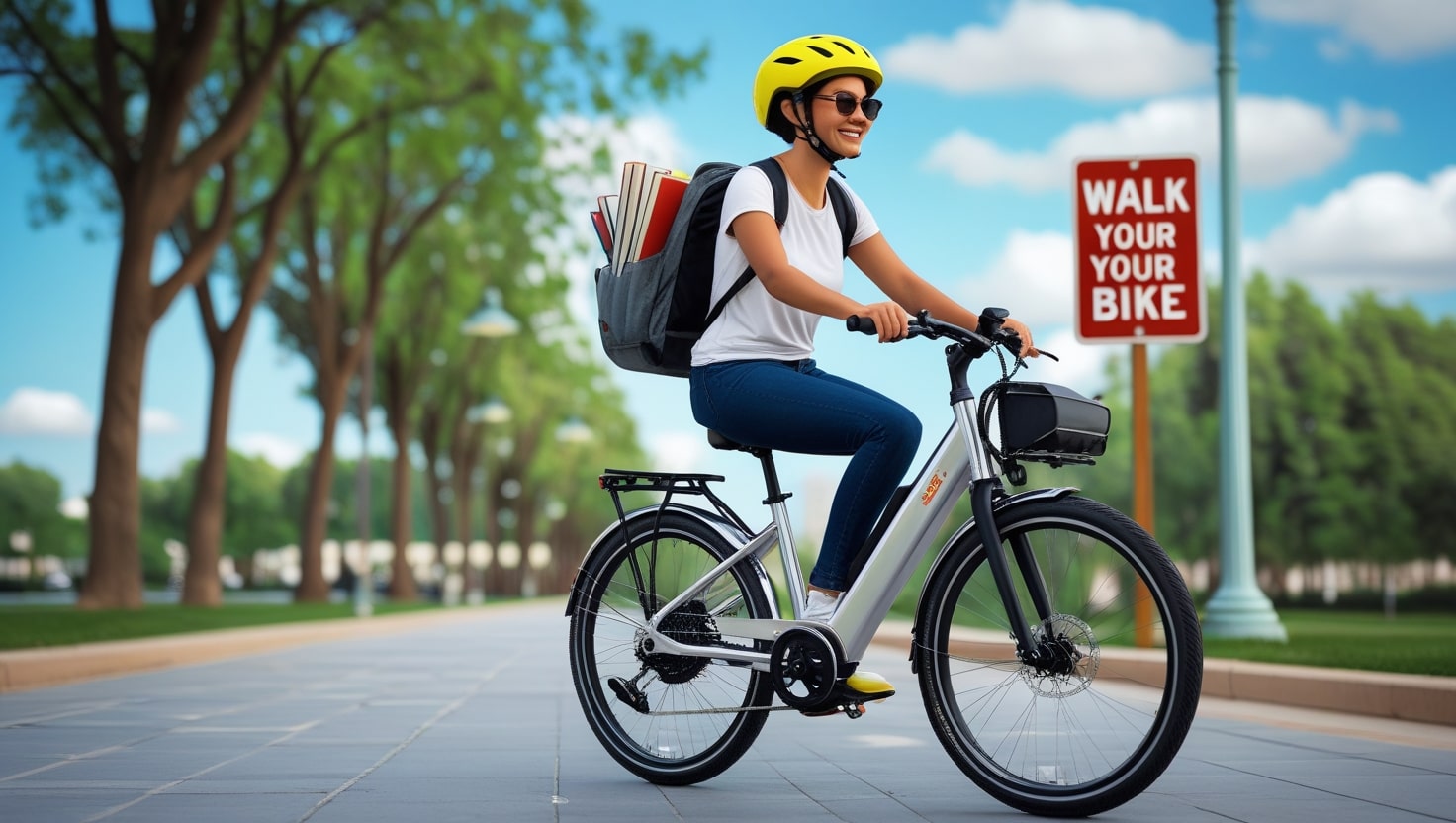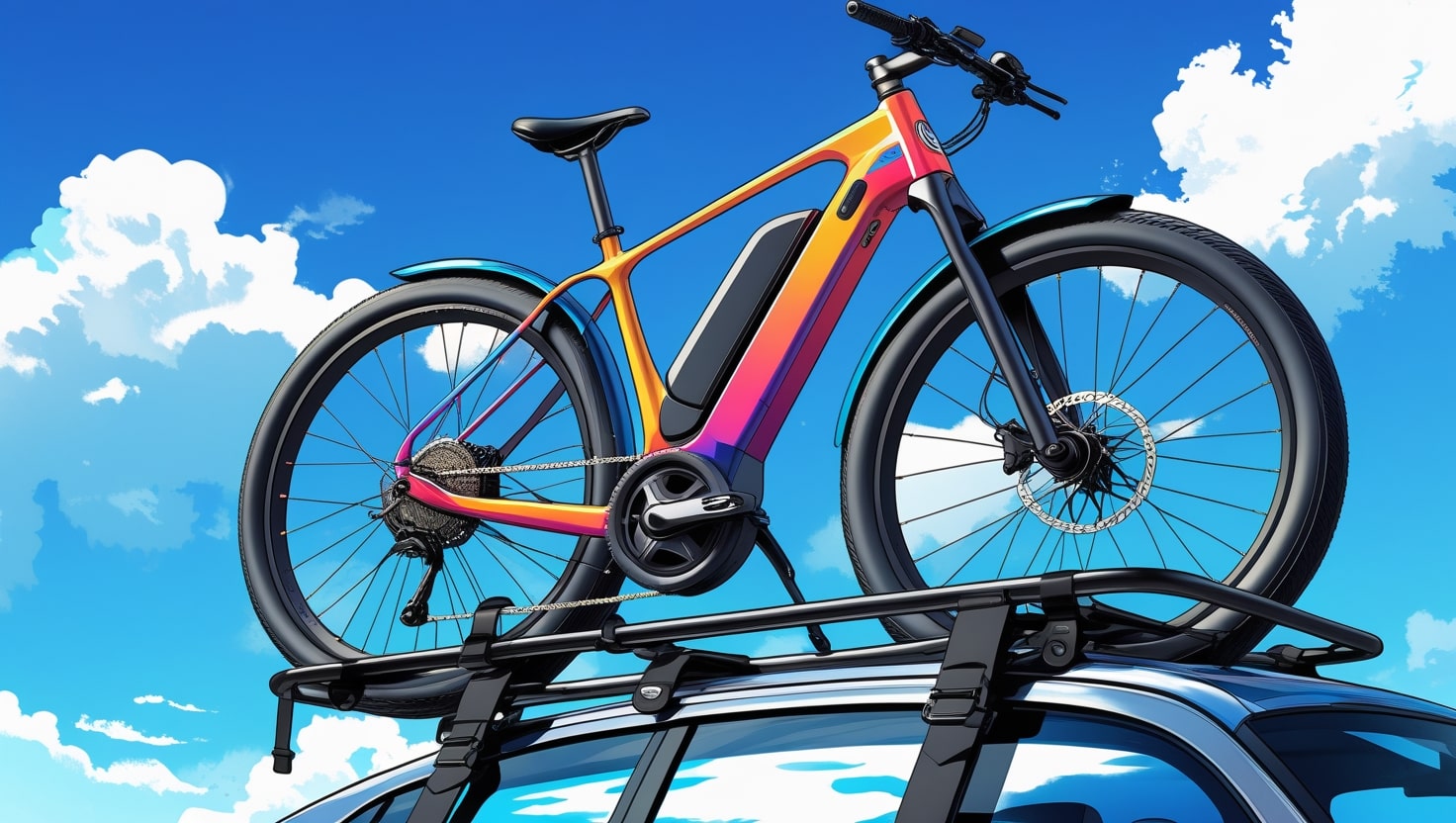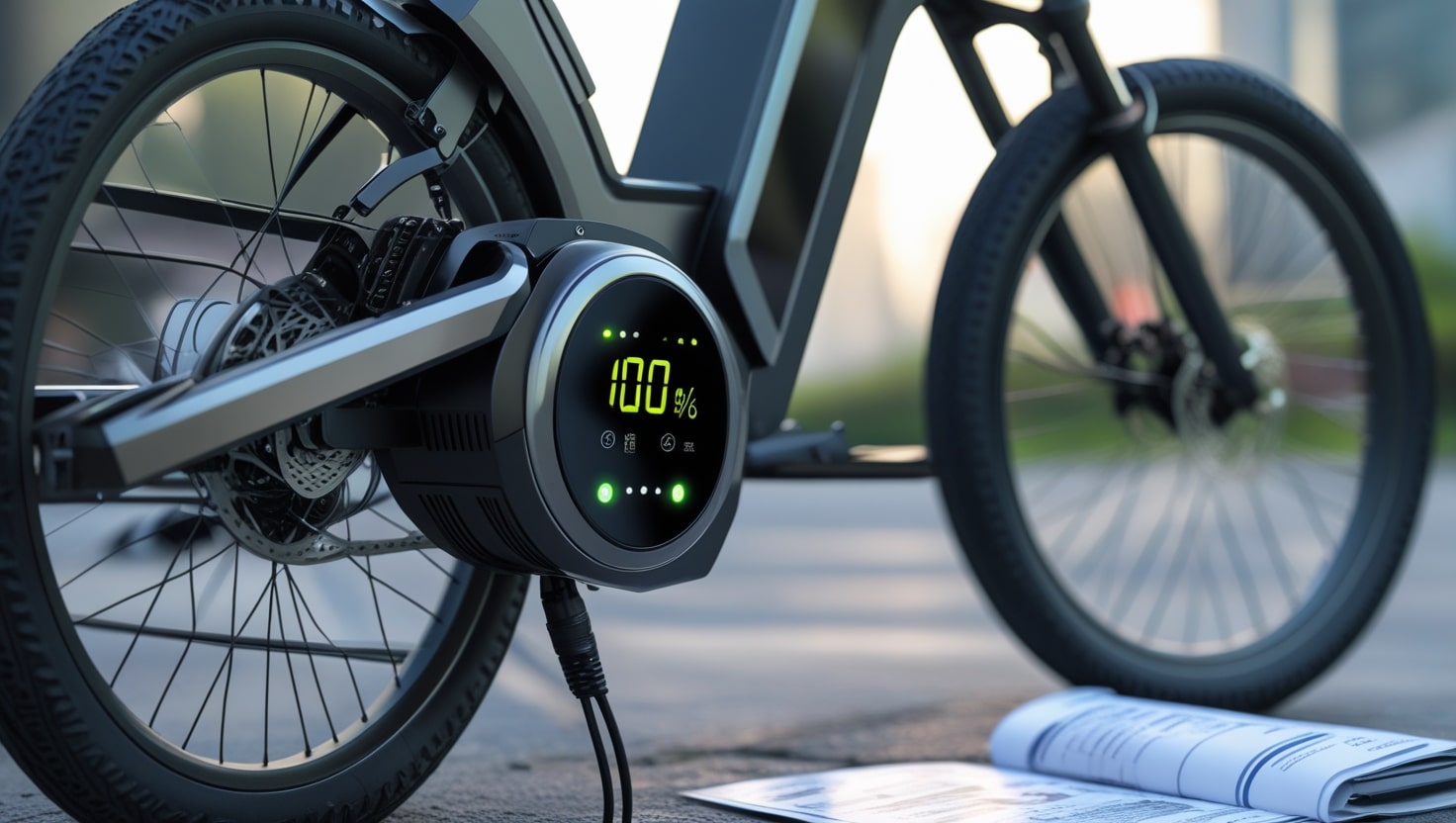After years of riding across trails, winding mountain paths, and busy city streets, I’ve often been asked, “Is an electric bike considered a motorized vehicle?” The solution is more nuanced than you would think. From my personal experience and continual research, I’ve seen how e-bikes—a category of electric bikes—fall into a legal gray zone. Legally, their classification varies by region, making it a challenge to define them under one language of law. Yet, practically, they ride smoother than regular bikes and don’t behave like fully motorized vehicles, which adds to the confusion.
What Exactly Is an Electric Bike?
From my own riding experience—whether commuting to work or doing occasional food delivery—I’ve come to see an e-bike as a perfect mix between a bicycle and something more advanced. In contrast to a motorbike or scooter, which are powered exclusively by electricity, an electric bike still need your pedaling to move.
It gives you a helpful push, especially when climbing a hill or when your work route gets long. These bikes use a small motor and a battery, and most have a controller to adjust how much help you get while pedaling. Some even come with a throttle, letting you cruise without effort, though that varies by class.
Most classes of e-bikes fall into three types: Classes 1, 2, and 3. Class 1 and Class 2 machines typically have a throttle or pedal-help speed limit of 20 mph; however, Class 3 versions can reach up to 28 mph with just pedal aid.
Whether you’re out for fun, commuting, or just enjoying the ride, these regular-looking bikes bring the joy of biking with a tech twist—making it lighter on your legs but still engaging. It’s enjoyable without taking away the essence of effort and movement that makes cycling so freeing.
is an electric bike considered a motorized vehicle
Whether you’re cruising your city streets or commuting between states, understanding how an e-bike is classified can save you confusion. In the U.S., federal laws generally don’t treat an electric bike like a motorcycle or a moped, so long as it meets specific conditions.
If your e-bike has working pedals, a motor of no more than 750 watts, and a top speed of 20 mph using the throttle or 28 mph with pedal assist, it’s not legally a motorized vehicle at the national level. That means no license, no insurance, and no registration are required in most cases.
But here’s what many overlook: local rules can vary. Something that is permitted in one city may not be in another. While federal law sets the broad definition, your local or state laws might add extra requirements or restrictions. In general, e-bikes are treated more like bicycles than motorcycles, but the details matter more than people think.
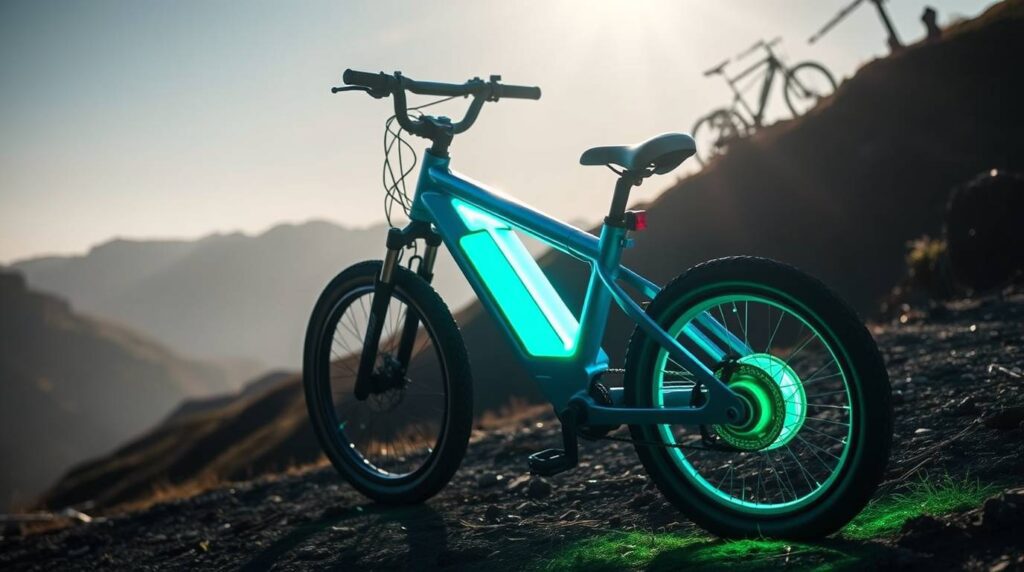
What Counts as a Motorized Vehicle?
When talking about vehicles that are powered by an engine or motor, we’re usually referring to cars, motorcycles, mopeds, or a scooter—all of which move without human input. These are considered motorized because they don’t need pedaling or a push to get going. In comparison, e-bikes stand apart; while they have a motor, they still require the rider to pedal, at least a little, keeping them in a different category.
From my own riding experience, I’ve noticed how these differences shape how each vehicle is treated. E-bikes are not as powerful, don’t go as fast as cars or scooters, and are often regulated more like bicycles. Their limited speed and motor strength mean they don’t carry the same safety and licensing rules as fully motorized options. If anything, e-bikes sit in between a bike and a moped, offering a blend of freedom and control that still needs some good old-fashioned pedal power.
How E-Bike Regulations Differ from Motor Vehicle Rules
E-bikes are significantly more free than regular cars when it comes to the legislation. What distinguishes them is this:
No license or registration required: Most e-bikes don’t need a license, and you don’t have to register them like cars or motorcycles, as long as they follow local guidelines and fall under the correct Class.
No insurance needed: You’re not required to carry liability insurance for riding an e-bike, unlike with motorcycles or other vehicles.
Bike lane access: Many e-bikes are allowed access to bike lanes, paths, and shared-use trails, unless local rules restrict Class 3 or faster bikes from these areas.
Helmet laws vary: Helmet laws are different depending on your region; sometimes helmets are only mandatory below a certain age or for riders on Class 3 e-bikes.
Speed limits apply: Class 1 and 2 e-bikes are limited to 20 mph, while Class 3 can go up to 28 mph using pedal assist—any faster and you may be in a different category.
No emissions checks or road taxes: Unlike cars or motorcycles, e-bikes don’t need emissions checks, inspections, or road taxes, making them easier and cheaper to manage.

E-Bike vs. Motorized Bike, Moped, and Motorcycle
| Type | Pedals Required | Top Speed | Motor Power | License/Registration Needed | Legal Category |
|---|---|---|---|---|---|
| E-Bike (Class 1/2) | Yes (pedal assist or throttle) | 20 mph | Up to 750W | No | Bicycle |
| E-Bike (Class 3) | Yes (pedal assist only) | 28 mph (pedaling) | Up to 750W | No | Bicycle (with restrictions) |
| Motorized Bike | Sometimes | 20–30 mph | 750W+ or gas engine | Often Yes | Motorized vehicle |
| Moped | No | 30–40 mph | Small gas/electric motor | Yes | Motor vehicle |
| Motorcycle | No | 100+ mph | High-power engine | Yes | Motor vehicle |
Access to Public Roads, Trails, and Parks
Where you can ride e-bikes depends a lot on the Class of your bike and your local rules. Class 1 and 2 models are usually allowed on bike lanes, shared-use paths, and regular roads, making them great for city commuting.
But once you get into Class 3, which are faster and often throttle-powered, the access becomes more limited—especially in places with lots of pedestrians or narrow trails. I’ve ridden through different towns and noticed how much city laws can vary; some are very friendly to e-bikes, while others show more caution.
If you’re thinking of riding in parks or natural areas, it’s best to double-check the website of your city or the National Park Service or even stop by a local bike shop and ask. Some parks allow e-bikes on certain paths, while others restrict access to lower-speed bikes only. I’ve even talked to a ranger once who clarified which trails were open.
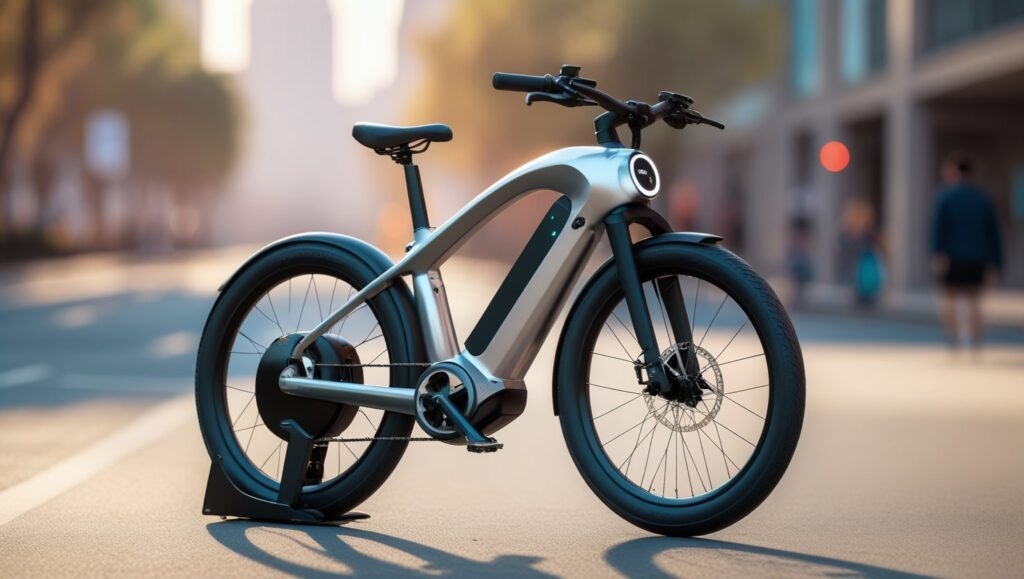
What Are the Criteria for Judging Motor Vehicles?
| Criteria | Motor Vehicles | E-Bikes |
|---|---|---|
| Power Source | powered by internal combustion engines or powerful motors. | outfitted with motors that complement human pedaling effort but do not replace it. |
| Speed Capabilities | Can achieve higher speeds | Usually limited to lower speed |
| Operational Independence | Fully independent of physical input | Need pedaling, though riders get assistance from the motor |
| Regulations | Must meet strict licensing, registration, and insurance requirements | Generally face fewer regulatory demand and regulations |
Are E-Bike and Motor Vehicle Regulations the Same?
In order to respond to the question, “Is an electric bike regarded as a motor vehicle?” You must comprehend how its regulations differ from those governing motor vehicles. Laws about e-bikes are generally simpler. The way they stack up side by side is as follows:
Helmet requirements: Some riders—especially on Class 3 e-bikes—must wear a helmet, depending on rules in their area. This stands in contrast to motor vehicles, where helmets are generally not applicable.
Insurance and registration: Unlike motor vehicles, e-bikes usually don’t require insurance or registration because their classification is closer to a bicycle than a motor vehicle or powered transport type.
Speed limits: E-bikes follow lower speed limits than motor vehicles, helping maintain safety on public roads and aligning with their classification as bicycles.
Road access: Many e-bikes can use bike paths, trails, and other public spaces where motor vehicles are restricted. However, access may vary, especially for higher-powered models, which may face added restrictions.
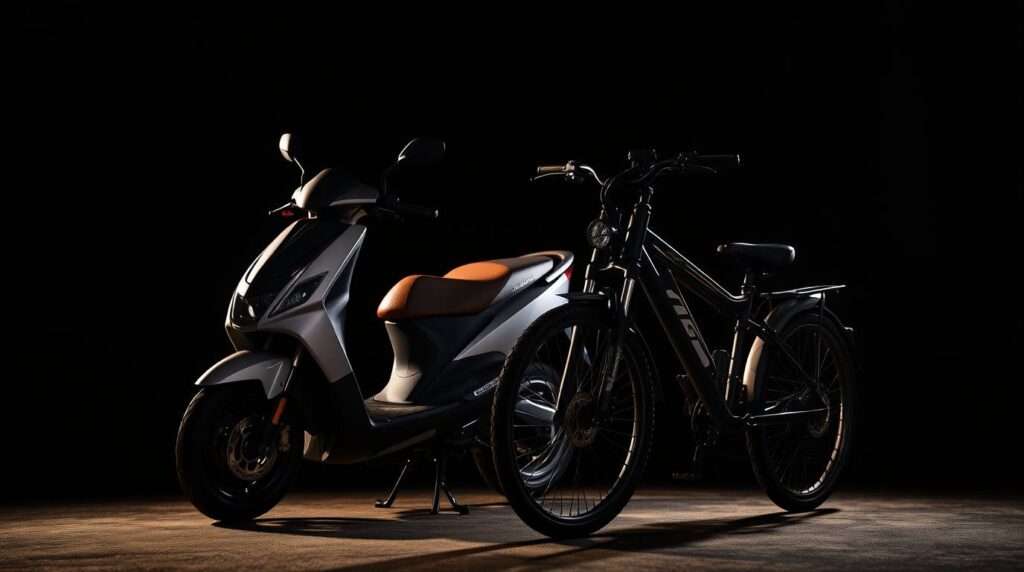
Conclusion
From everything I’ve learned and experienced, the answer to whether an e-bike is considered a motorized vehicle comes down to classification. Even though electric bikes have a motor, they’re often legally treated as a bicycle with assistance, not like cars or motorcycles. This distinction matters because it shapes the regulations that apply, helping define where you can ride and what rules you follow. Understanding this helps keep your adventure not just exciting, but also safe and legal—a key part of enjoying all the great features of an e-bike.
FAQs
Is an electric bike considered a vehicle?
From what I’ve seen out on the road and through my own research, an e-bike is often classified differently than a car or motorcycle. While it does have a motor, it’s not treated the same as a motor vehicle in most places.
Can electric bikes travel on motor vehicle lanes?
Based on what I’ve seen and experienced, e-bikes are usually restricted from motor vehicle lanes, especially if their power or speed goes beyond allowed limits. In most local areas, regulations say these bikes should travel on designated bike paths or lanes, not roads meant for cars. If your e-bike has higher outputs, it might not be permitted to ride on public streets.
Do you need a license to ride an e-bike?
In most places, you don’t need a license to ride e-bikes—especially Class 1, 2, or 3—as long as they meet the legal definitions set by local authorities. These models are generally low-powered and designed to follow rules similar to bicycles. However, higher-powered models might be treated differently depending on the area.
Are e-bikes allowed on bike trails?
From my experience riding different types of bikes, e-bikes are often allowed on bike trails because they are slower, require pedaling, and don’t rely on gas like mopeds. Unlike vehicles with higher-power motors that may need a license.
What is the difference between electric bikes and electric vehicles?
The main difference between e-bikes and other electric vehicles comes down to how they operate and their legal classification. E-bikes are bicycles with small motors that assist your pedaling, meaning they still rely on human input. They’re usually classified differently, subject to fewer regulations, and often don’t require licensing or registration.
In contrast, fully motorized vehicles like electric cars or scooters are independent of pedaling and are treated more strictly under the law, with heavier regulations due to their motor power and mode of operation.
Are there different types of e-bikes with varying regulations?
Yes, there are different classes of e-bike, and each Class—1, 2, or 3—comes with its own rules and regulations. Class 2 e-bikes have throttle-assist features, Class 3 e-bikes are made for riders who require high-speed pedal-assist, and Class 1 e-bikes just have pedal-assist. These differences directly affect where an e-bike can be ridden, since access often depends on speed and assist level.


